The FACES pain scale is appropriate for children this age and older.
3 years old
Supine (alone, on firm surface, no blankets or toys)
This is the largest muscle involved in respiration in children, as opposed to intercostal muscles in adults.
Diaphragm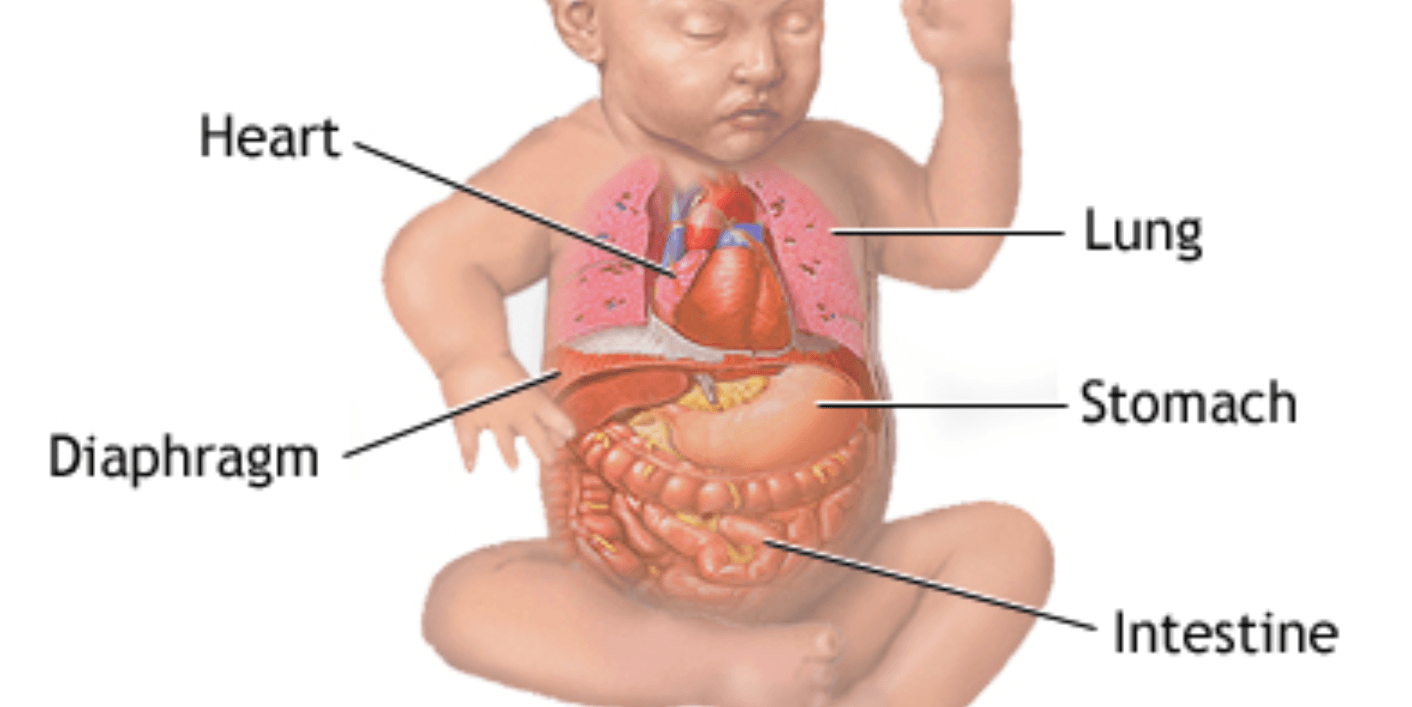
All pediatric medication dosing is based on this measurement.
Weight
Separation Anxiety is greatest in this age group.
Toddler
How long should lidocaine cream be on the skin before a procedure?
60 minutes
This can be used to secure IV in a child and keep it "out of sight, out of mind"
Arm board
This biometric measurement is made on children from birth until age 2, and tracks brain development.
Head Circumference or OFC (occipital-frontal circumference)
Slower gastric emptying effects oral medication absorption in this age group.
Infants
This is the last stage of separation anxiety, when the child becomes interested in environment and may ignore parents' return.
Detachment
This is sometimes viewed as a healthy adjustment, but the child has really just “given up” and is protecting themself from further separation experiences.
At what age should the startle, rooting, and moro reflex disappear?
4 months
Notify MD; do not administer 2nd dose.
Physical examination in children should go in this order.
Least invasive to Most invasive
This is the preferred IM injection site in infants
Vastus Lateralis
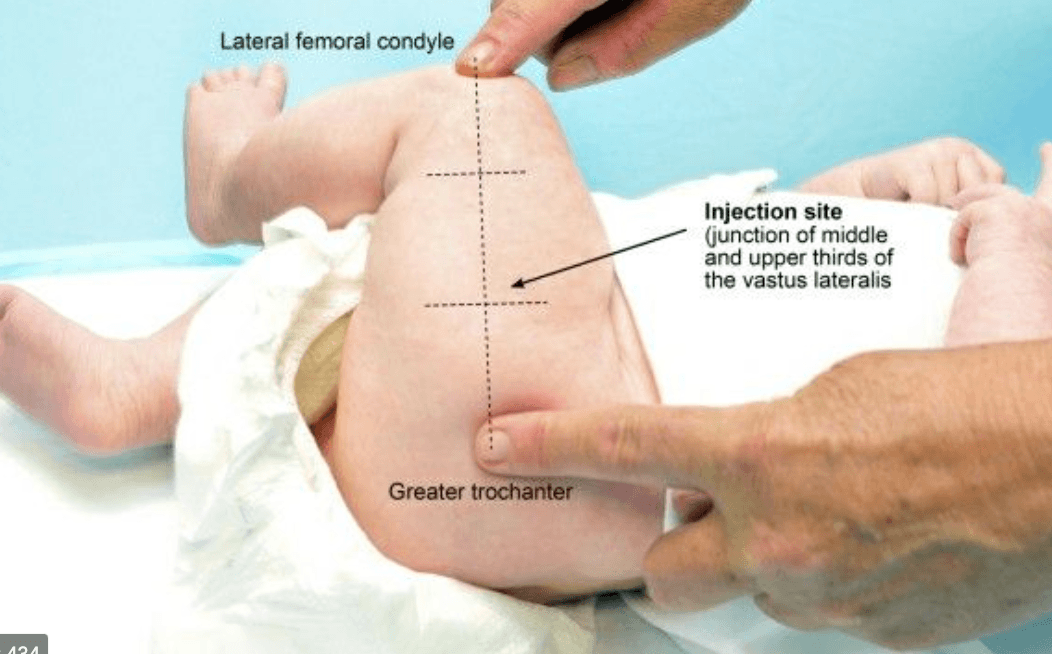
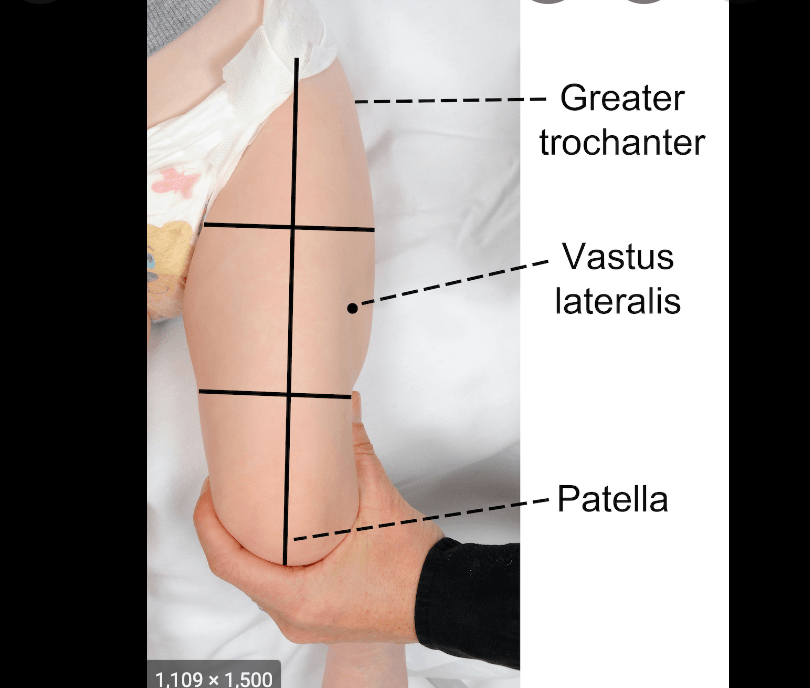
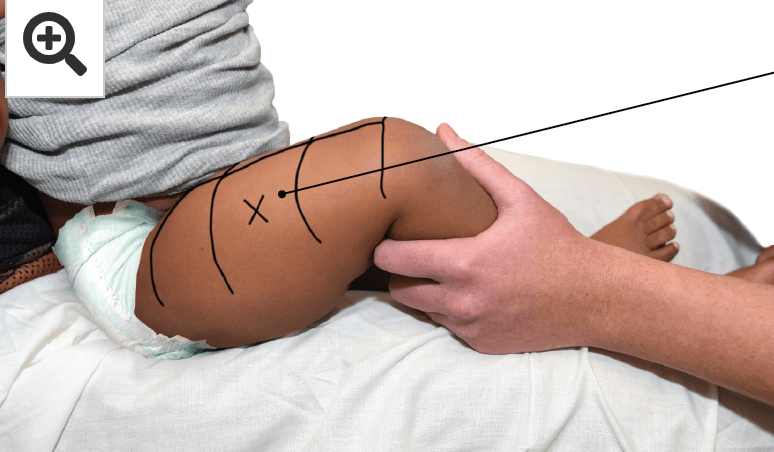
In this age group, separation from peers is often the highest source of stress.
Adolescent
If a hospital procedure might hurt or be distressing, it should be performed here.
Procedure room.
At this age, children's vital signs are (usually) the same as an adult's.
12
When these are sunken in infants, it usually is a sign of dehydration.
Fontanelles.
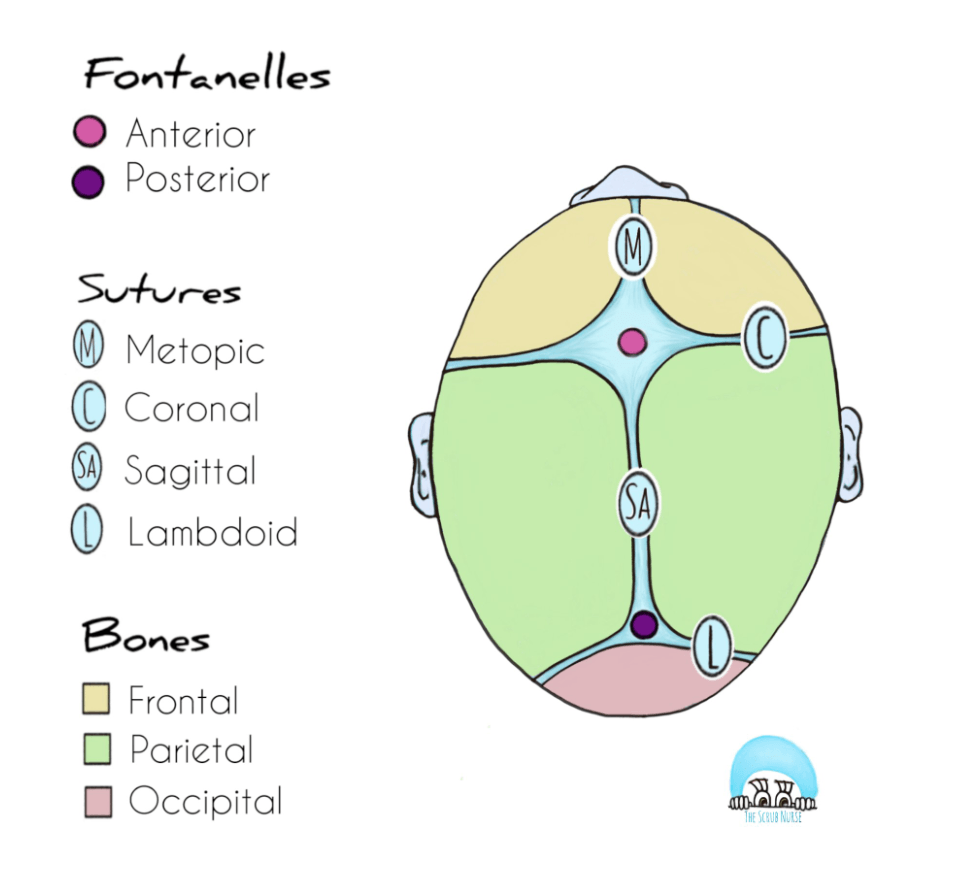
This is the primary organ for medication excretion in children, which does not reach adult functioning until ~1-2 years of age.
Kidneys (renal system)
This can lead to prolonged circulation and allow the medication to reach toxic levels if dosed improperly
Separation anxiety in this age group might be less obvious, as they often feel guilty because they believe something bad caused their hospitalization.
Pre-schoolers
"Do you want your medicine in a cup or a spoon?" would be a developmentally appropriate nursing invention when giving a medication to which age group?
Preschooler
A parent tells the nurse that they live in a house built before 1970. The nurse should ask about what specific potential environmental exposure?
Lead paint, asbestos
A toddler who is bowlegged or knock-kneed should be referred to an orthopedic specialist for treatment. True or False?
False
This is the total daily maintenance IV fluid calculation for a 35kg child.
1800mL
A RN who is having difficulty communicating with this age group can ask them to draw a picture.
School aged.